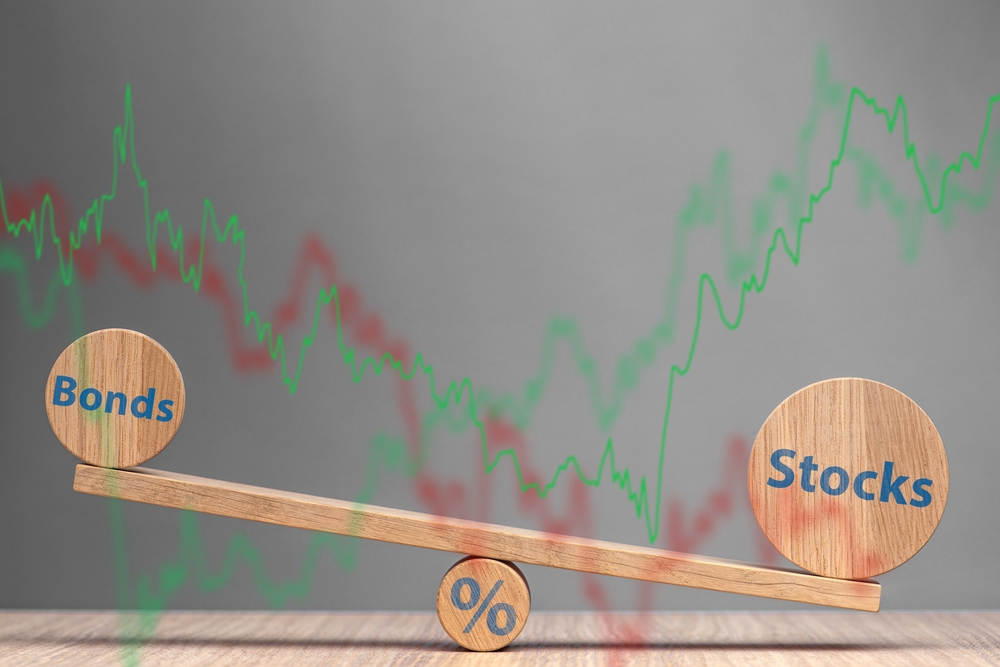
Investing during crises tests not only investors’ preparedness but also their resilience to panic and unpredictable movements in financial assets. Understanding market reactions and lessons from past crises can help not only survive turbulent periods but also seize opportunities they present.
Defining Crisis Periods
A crisis period can be characterized as a time when the economy or financial markets undergo significant stress, manifested through sharp declines in asset prices, reduced investor confidence, and often worsening macroeconomic indicators. This can include recessions, financial crises, panic selling, or unexpected geopolitical shocks that disrupt the stability of global markets. It is important to distinguish between short-term volatility – the natural fluctuation of asset prices over days or weeks – and a long-term recession, when adverse conditions persist for months or even years. This distinction helps investors better estimate risks and adapt their investment strategies to avoid impulsive decisions that often occur in moments of panic.
Historical Examples
The Great Depression (1929–1933)[1] remains one of the most dramatic periods in financial market history. The U.S. stock market crash, deepened by bank failures and mass unemployment, caused enormous losses for investors and left a lasting mark on investment psychology. The main lesson is the importance of diversification, a long-term investment horizon, and a cautious approach to risky assets. Those who adhered to these principles had a greater chance of surviving turbulence without erasing their capital entirely.
The Dot-com Bubble (2000–2002)[2] struck investors at the turn of the millennium when a rapid rise in technology stocks ended in a sudden collapse. The panic selling that followed caused the collapse of many technology companies and forced investors to reassess the value of the “new economy.” This episode emphasizes the importance of portfolio diversification and the ability to resist market pressure. Overconcentration of investments in one sector can lead to dramatic losses, even when short-term gains are tempting.
The Financial Crisis of 2008[3] brought a new type of challenge: the collapse of the globally interconnected banking system and a widespread drop in asset prices. Investors who reacted impulsively often sold at low prices, while those with prepared liquidity and risk management strategies were able to minimize losses and seize opportunities after the market downturn. This crisis teaches that maintaining cash reserves and having a realistic view of risks are key to adapting portfolios to changing market conditions.
Investor Psychology During Crises
Psychology plays a key role during crises. Panic, fear, and exaggerated reactions to sharp market moves can lead to decisions that harm portfolios. Phenomena such as herd behavior (following the crowd without critical evaluation) or loss aversion (a stronger drive to avoid losses than to seek gains) often cause investors to sell in panic or avoid strategic opportunities. Understanding these psychological mechanisms allows investors to control emotions, minimize impulsive decisions, and keep their strategy aligned with long-term goals (more on investor psychology can be found in our previous article).
Lessons and Strategies for Investing During Crises
Investing during crises requires a disciplined and deliberate approach. Portfolio diversification helps spread risk across different asset classes and minimize the impact of unexpected declines (for more on applying diversification in practice, see our previous article). Regular rebalancing and maintaining a long-term investment horizon allow investors to seize growth opportunities after crises. It is equally important to maintain sufficient cash and liquidity, which provides flexibility during sudden declines and enables a safe “buy the dip” approach – carefully purchasing undervalued assets during panic. Historical data serves as a valuable guide, showing patterns and potential impacts, but should not be considered an exact prediction of the future. Combining these strategies helps investors keep a clear head, manage risks, and turn turbulent periods into potential opportunities.
Practical Tips for Investors
Success during crises lies not only in technical market knowledge but also in the ability to control emotions. Clearly defined financial goals and plans, prepared before turbulence begins, provide both psychological and financial stability – investors know what portion of their portfolio they are willing to risk and what steps they will take in a market downturn. Equally important is using expert advice, analytical tools, and educational programs that develop critical thinking and help prepare for unpredictable situations. Such an approach increases the likelihood that investors will remain calm, informed, and able to make rational decisions even in the most challenging times.
For more investment trends and useful tips, check out our previous articles on AxilAcademy.
[1] https://www.investopedia.com/terms/g/great_depression.asp
[2] https://www.investopedia.com/terms/d/dotcom-bubble.asp
[3] https://www.investopedia.com/articles/economics/09/financial-crisis-review.asp

He has been trading in the capital markets since 2002, when he started as a commodity Futures trader. Gradually he shifted his focus to equity markets, where he worked for many years with securities traders in Slovakia and the Czech Republic. He also has trading experience in markets focused on leveraged products such as Forex and CFDs, and his current new challenge is cryptocurrency trading.


